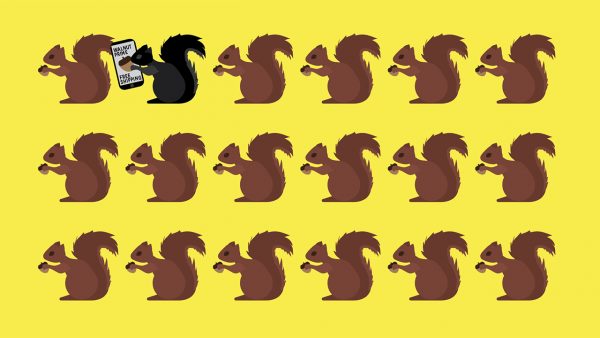
The right message. To the right person. At the right time. The advent of programmatic advertising and dynamic creative capabilities has markedly changed the online advertising landscape. But this change has also transformed the way in which we must think about and plan out online advertising campaigns.
Let’s start by defining the terms programmatic advertising and dynamic creative relative to online marketing.
Programmatic advertising: an automated way of buying and selling media, usually used to reach specific demographics and psychographics, wherever they are.
Dynamic creative: functionality that allows advertising to change things like messaging, imagery and calls to action based on audience data and/or real-world triggers like weather, time of day or location.
The following tips will help you make the most out of the technologies that exist.
Power with technology. Make effective with insights. Enhance with creativity.
The technology that powers this new functionality is only one part of the equation. A successful online advertising campaign must also feature an equally compelling creative idea based on an undeniable truth.
Is there an interesting consumer behavior that only happens during a certain time of the day, only in certain weather conditions or only by consumers with certain affinities? Think through a creative way to acknowledge and reflect these conditions in a way that adds relevance to the viewer.
Know your customers. And would-be customers.
It’s important to understand your audience. What does the creative look like for people who already use your product or service? How does that change for people who’ve never even heard of your brand? Segmenting your messaging and creative strategies throughout the user journey from passive awareness to active evaluation will allow you to make the most of your programmatic ad spend.
A good way to get started is to create a visual flow chart showing the progression of the messaging, how it’s affected by customer-status and even how retargeting efforts play into the larger equation.
Take a front-loaded approach.
A traditional online campaign drips into the marketplace. It launches with a handful of ads, then, maybe a month later, is followed up by a new set of ads, tweaked and reconfigured based on what you’ve learned so far.
Programmatic advertising personalized through audience data and real-world triggers takes more of a front-loaded approach. You’ll have to think through and implement all the possibilities from the very beginning, all baked into a single ad unit. The technology takes it from there, showing the right message to the right person at the right time, usually optimizing performance by reallocating impressions to the highest performing combinations of messaging, imagery and calls to action.
While it may seem like a lot more work, it’s actually pretty comparable. The work just takes place in a more condensed timespan.
Take your time in the beginning. It’s worth it.
120 variations of a single ad? It sounds scary. But when you think about it, which would you prefer? 120 different files with 120 different tags? Or one file with one tag? And what sounds better? Guessing what a customer will click on? Or finding out through automatic user testing of multiple messaging, imagery and call-to-action permutations? While these technologies may increase your cost per thousand, they’ll not only reduce wasted impressions, but increase something even better: ROI.
Entering the land of programmatic advertising and dynamic creative may seem scary at first, but after a few campaigns under your belt, you’ll wonder how you ever did it any other way.



